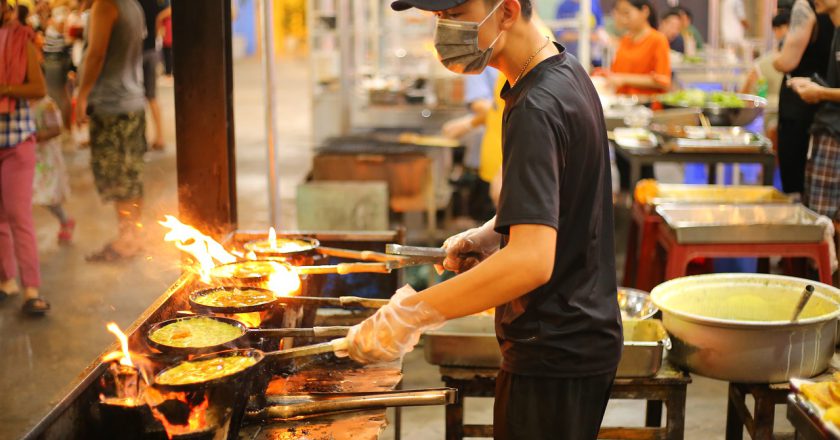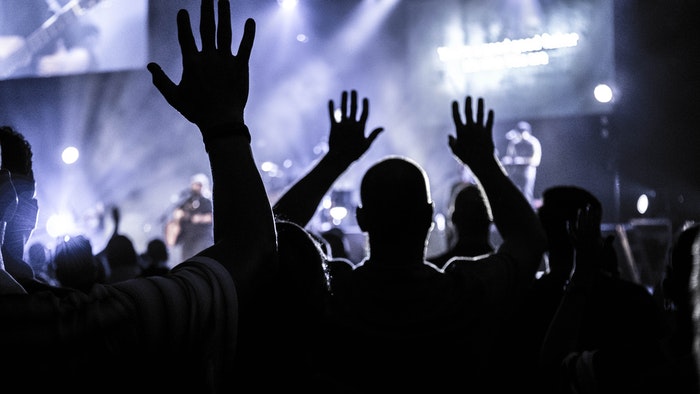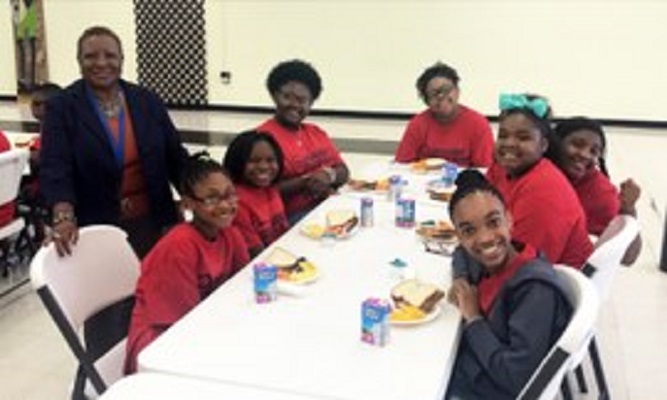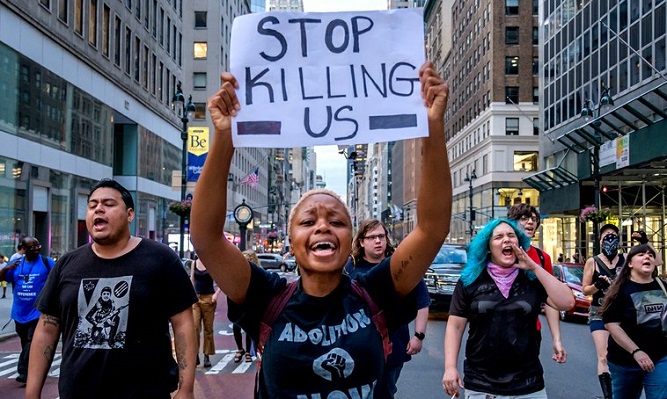Keeping Their Communities Informed, Connected And Engaged – 143,518 US Public Library Workers Jobs May Be At Risk
America’s public library workers have adjusted and expanded their services throughout the COVID-19 pandemic.
CC BY-ND
In addition to initiating curbside pickup options, they’re doing many things to support their local communities, such as extending free Wi-Fi outside library walls, becoming vaccination sites, hosting drive-through food pantries in library parking lots and establishing virtual programs for all ages, including everything from story times to Zoom sessions on grieving and funerals.
In 2018, there were 143,518 library workers in the United States, according to data collected by the Institute of Museum and Library Services. While newer data isn’t available, the number is probably lower now, and recent history suggests more library jobs may be on the chopping block in th...




